Filled-up campsites, parking woes and crowded trails are just part of getting outdoors sometimes. Instead of going to the parks everyone knows about this National Public Lands Day, why not hit some less-crowded gems? We asked REI employees to tell us about their favorite public lands—the ones that likely aren’t on your radar. They each offer their best spots and their pro tips for visiting. We have to ask, though: Can you keep these lesser-known places hush-hush?
Fort Tilden
Queens, New York
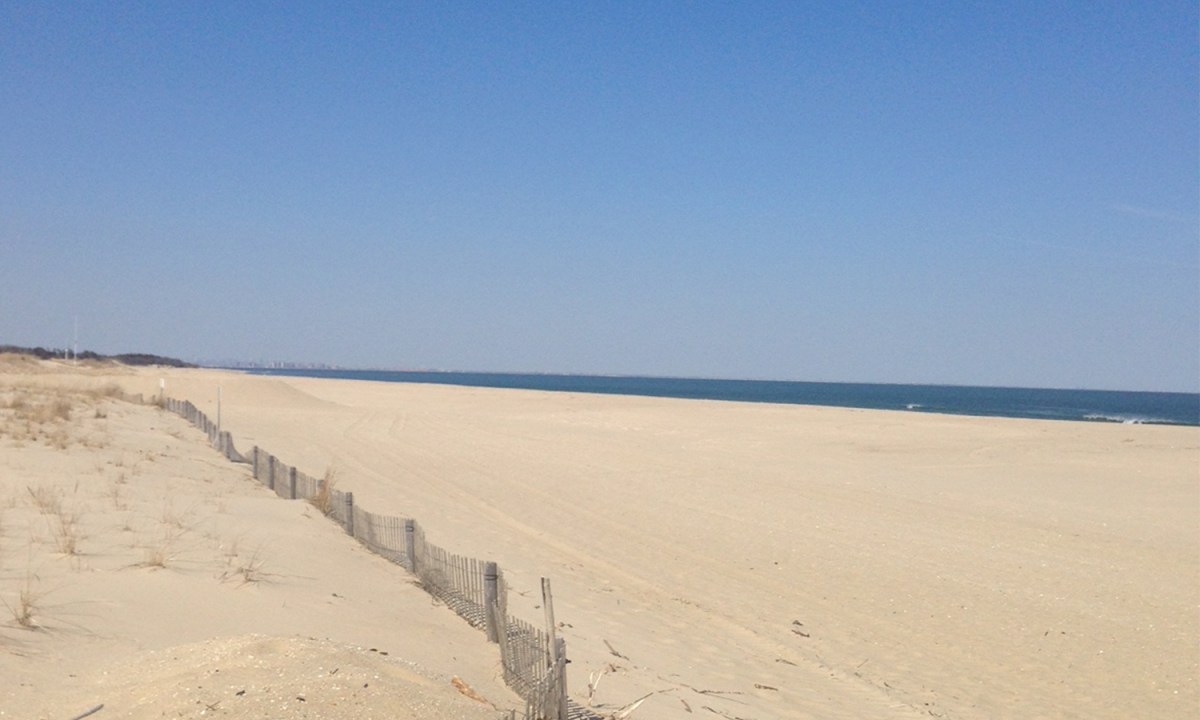
Photo Courtesy: Melissa Abramson
Best for: Running, sea kayaking, sea SUPing
Located within the limits of New York City, the park is an expansive beach landscape that is accessible by public transportation or bicycle, yet feels removed from all city energy. Established in 1917 as a U.S. Army Coast Artillery Post, it became part of the Gateway National Recreation Area in the late 1970s. If you’re looking for peace and solitude and plenty of watery adventure, head to Fort Tilden today.
New York, NY, Outdoor School Market Manager Melissa Abramson’s pro tip: “Avoid the crowds at Jacob Riis Park and head toward Breezy Point. You’ll be relatively alone on a beautiful beach that is teeming with dunes, sea birds and crashing waves.”
The Sourlands
Hillsborough Township, New Jersey
Best for: Hiking, mountain biking, trail running, bouldering and horseback riding
The Sourlands, as the locals call them, feature hilly trails and roads in an otherwise flat state. Sourland Mountain offers 17 miles of forested land in the midst of the 90-square-mile region that’s sparsely populated. Hikers, mountain bikers, horseback riders and trail runners enjoy the trails while folks who like to boulder take advantage of the rocky terrain. The Ridge Trail, a short, five-mile trail, is Kathleen Whitman’s go-to spot for hiking. Roaring Rocks is where she heads to brush up on her bouldering skills.
Princeton, NJ, Outdoor School Market Coordinator Kathleen Witman’s pro tip: “Since New Jersey is the most densely populated state, trailhead parking fills up fast at these local gems. It’s best to arrive before 9am on a weekend and carpool, road bike or head there during the week.”
Mallows Bay
Nanjemoy, Maryland
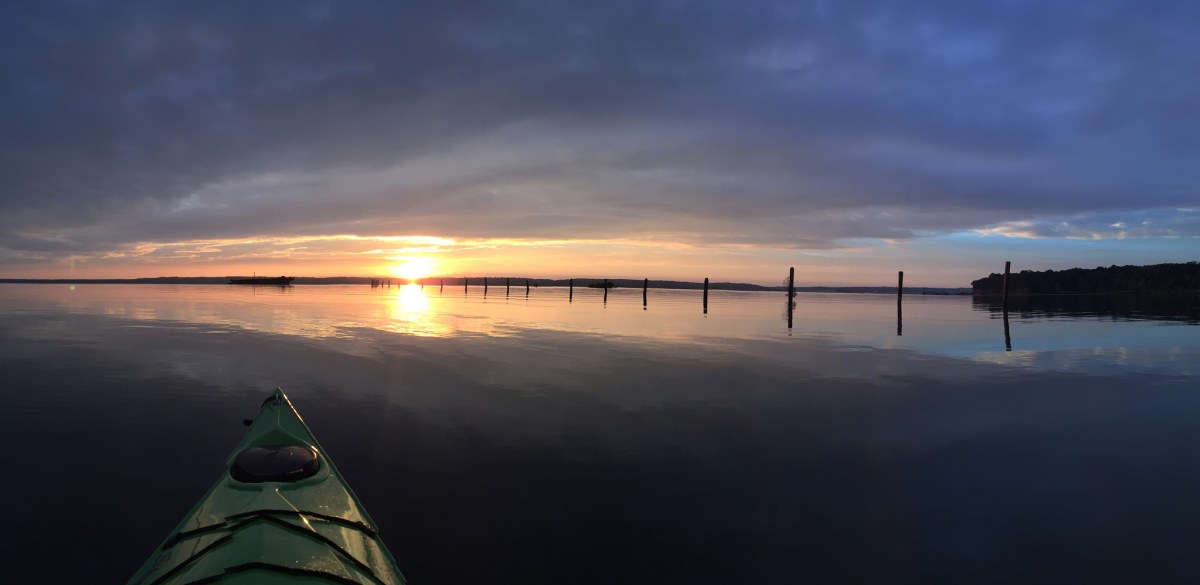
Best for: Kayaking
Approximately 30 miles south of D.C. on the Potomac River rests Mallows Bay. Ships built by the Emergency Fleet Corporation between 1917 and 1919 were sunk here once they were no longer needed. It’s the largest ship graveyard in the Western Hemisphere, and it’s only an hour from D.C. Be on the lookout—it’s been taken over by nature and it’s now a haven for bald eagles, osprey nests and fish.
Mid-Atlantic Outdoor School Market Manager Matt Liddle’s pro tip: “REI grant funds just helped to produce an amazing paddler’s guide to Mallows Bay with all the tips and tricks! Also, Mallows is on a short list to become the first national marine sanctuary in the Chesapeake Bay watershed.”
Lake Raleigh
Raleigh, North Carolina
Best for: Running, hiking, paddling and disc golf
Hidden in North Carolina State University’s Centennial Campus, right along the Walnut Creek Trail, is Lake Raleigh. While cyclists and students know about this gem, the general public hasn’t been tipped off quite yet. REI just started leading hiking and paddling classes and outings there this summer—including sunset and full moon paddle tours and hikes. Hike around the lake, play disc golf, boat or fish. Grills and picnic tables are available for general use.
Raleigh, NC, Outdoor School Market Coordinator Nick Cross’ pro tip: “The greenway by bike is definitely the best way to approach the lake. From there it’s a short ride to Trophy Brewing & Taproom and the State Farmers Market, where you can pick up fresh produce, local bread and pastries, or order fresh a huge platter of North Carolina’s seafood.”
Anne Springs Close Greenway
Fort Mill, South Carolina
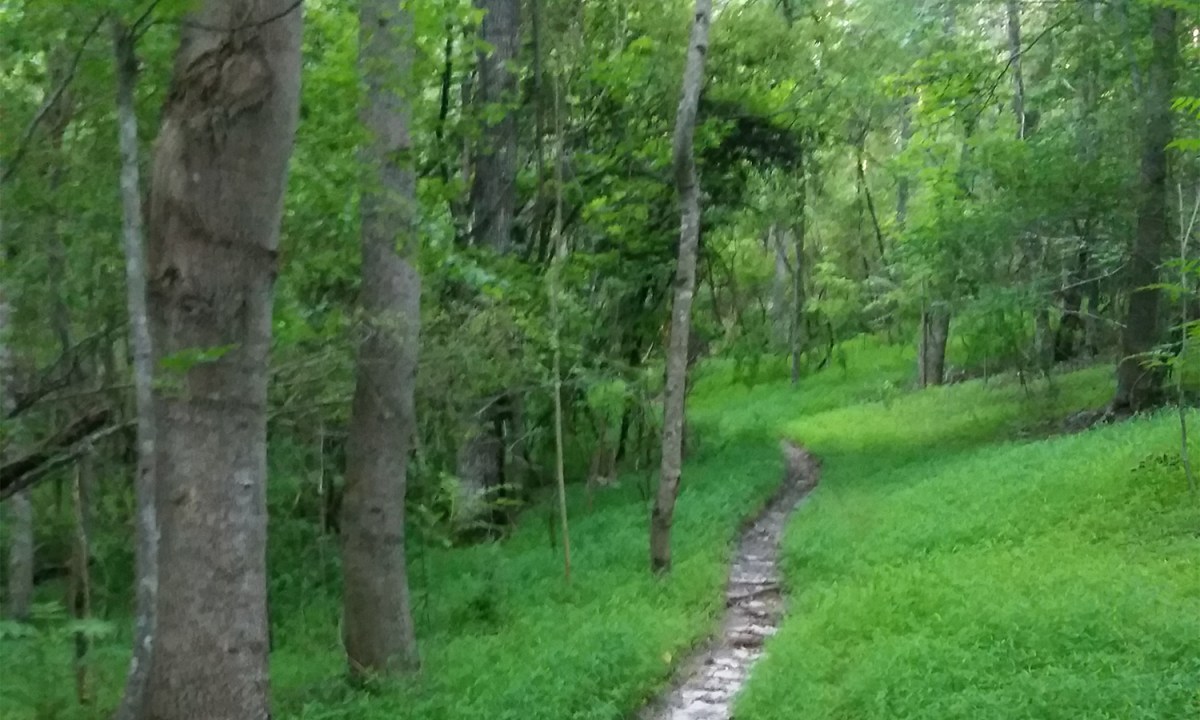
Photo Courtesy: Joy Shuck
Best for: Hiking, mountain biking, trail running, horseback riding, paddling, camping, fishing, geocaching
This 2,100-acre nature preserve is located about 15 minutes from the REI in Pineville, SC. But you’ll forget that you’re anywhere near a big city when you’re exploring the 40 miles of trails surrounded by beautiful forest with refreshing streams and a 28-acre lake. There is even a small waterfall flowing over natural rocks below the spillway from Lake Haigler.
Charlotte, NC, Outdoor School Market Coordinator Joy Shuck’s pro tip: “Lake Haigler is the most direct access to my favorite trails. One of my favorite discoveries, not on the map, is Campbell’s Corner, not far off the Hickory Trail. There is a lone picnic table in the middle of the forest with towering mature trees, wildflowers and clear streams with rocks for personality.”
Audubon Acres
Chattanooga, Tennessee

Photo Courtesy: Haley Swank
Best for: Hiking, running and flat-water paddling, plus scouting, naturalist and youth outdoor education programs
This 130-acre wildlife sanctuary features the South Chickamauga Creek, which runs directly down the middle of the property. The forests are made up of mixed, leafy green deciduous trees on the slopes and ridges. And the wildflowers are stunning in the spring, while the leaf colors are mesmerizing in the fall. You’ll want to check out the Spring Frog Cabin, thought to have been built in the mid-1700s by Native Americans and modified later by settlers who farmed the property in the years that followed.
Chattanooga, TN, Outdoor School Market Coordinator Haley Swank’s pro tip: “Bring binoculars. There are loads of birds. Also, they have boats to rent. The South Chickamauga Creek is really great for being in the middle of a city.”
Zaleski State Forest
Zaleski, Ohio
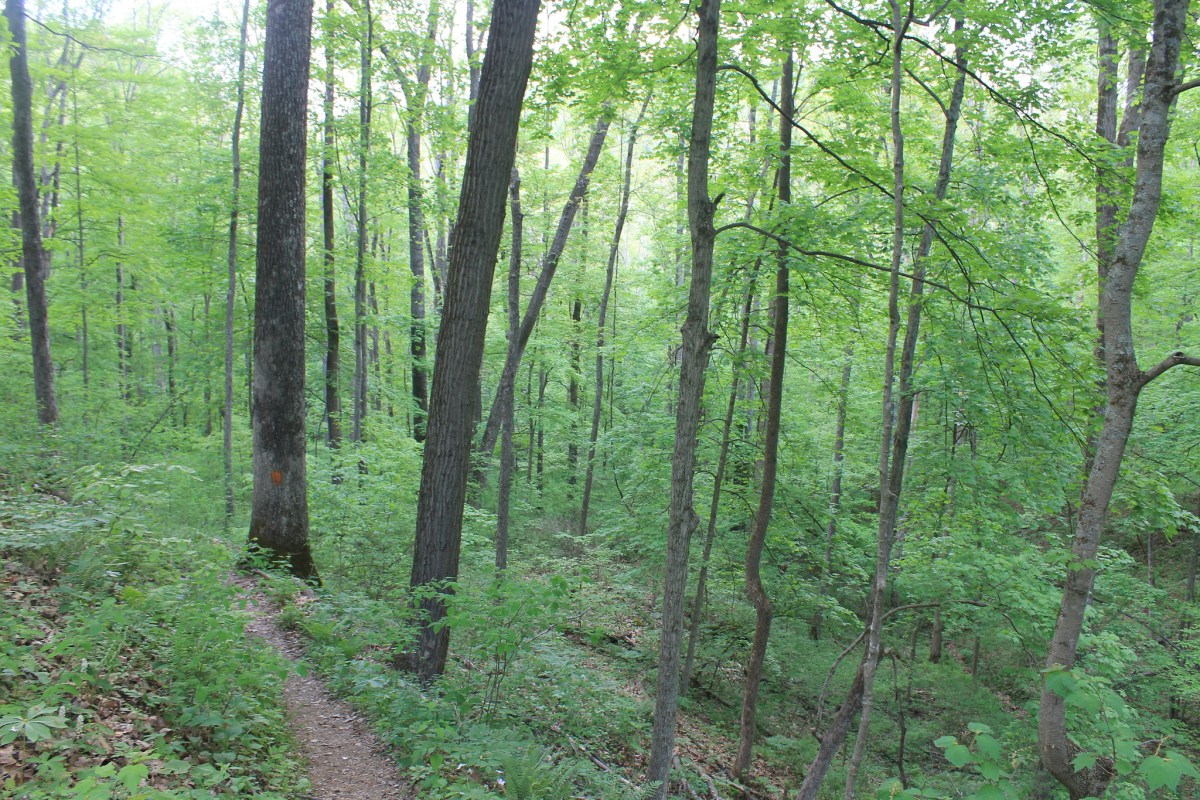
Photo Courtesy: DanaK~WaterPenny of flickr.com
Best for: Backpacking, canoeing, kayaking, mountain biking and wildlife watching
Visit the Appalachian foothills in the Zaleski State Forest. The more than 28,000 acres of land feature 31 miles of bridle trails, 26 miles of backpacking trails and three backpacking campsites. Another cool feature? Lake Hope State Park, a rugged, heavily forested region, lies completely within the state forest, making it a public land within a public land.
Columbus, OH, Outdoor School Market Coordinator Abby Rhodebeck’s pro tip: “Forest boundaries are marked with yellow blazes. And don’t forget to check out the Moonville Tunnel that is supposedly haunted.”
Middlefork Savanna
Lake Forest, Illinois
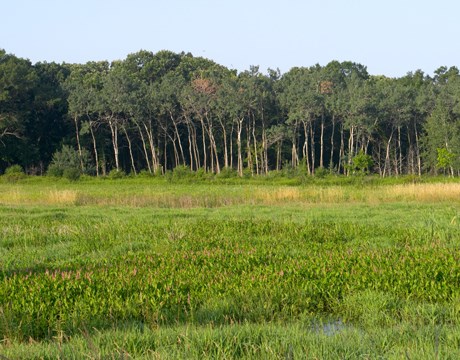
Photo Courtesy: the Lake County Forest Preserves
Best for: Hiking, walking, birdwatching
The park features a mix of oak savanna and woodlands, wet and mesic prairies, and sedge meadows and marshes. One 25-acre area is considered to be the highest quality oak savanna—once one of the most common vegetation types in the Midwest but now endangered—in the nation, and is recognized as a globally threatened ecosystem. On a wet afternoon of hiking through the preserve, Emily Leu spotted three great blue herons and dozens of other beautiful and rare species enjoying this paradise sandwiched between suburbs.
Chicago, IL, Outdoor School Market Coordinator Emily Leu’s pro tip: “Visit this place on a rainy day and you are bound to see an outrageous number of birds.”
Superior National Forest
Duluth, Minnesota
Best for: Backpacking, paddling, camping
Enjoy four million acres of mixed conifer-hardwood forest punctuated by exposed ancient bedrock and pristine lakes and rivers adjacent to the great Lake Superior in the Arrowhead region. While it’s home to the Boundary Waters Canoe Area Wilderness, which is the most visited wilderness area in the country, most people don’t recognize Voyageurs National Park and a good chunk of the Superior Hiking Trail as prime delights on this piece of public land.
Bloomington, MN, Sales Lead Joe Jackson’s pro tip: “The best time to go is early July. Because the blueberries. I might have mentioned those. Tell people about the blueberries.”
Staunton State Park
Pine, Colorado
Best for: Rock climbing, trail running, hiking, camping, snowshoeing, Nordic skiing, fatbiking
Experience high grassy meadows at more than 8,000 feet in elevation and tall granite cliffs that tower an additional 2,000 feet into the sky at Staunton State Park. This is Colorado’s newest state park, having opened in 2013, and it’s relatively overlooked compared to most other parks near the Front Range. This means you don’t run into the overcrowding most other parks experience.
Denver, CO, Outdoor School Market Coordinator Bryan Johnson’s pro tip: “The ride/hike/run out to Elk Falls is totally worth it. Do it in late September to catch the aspens changing color.”
Trampas Lakes
Near Chimayo, New Mexico
Best for: Hiking, backpacking, mountain biking, snowshoeing
Located just 45 miles from downtown Santa Fe, the Trampas Lakes area is filled with stunning vistas. The three lake basins in the area are set against high mountain ridges in the Sangre de Cristo Range. It is a beautiful option for fall hiking and a great (but strenuous) location for snowshoeing during the winter.
Albuquerque, NM, Outdoor School Market Coordinator Robert Moser’s pro tips: “To get even more off the beaten path, head over the ridge to the west of the lakes and drop into San Leonardo Lakes. This is a very strenuous hike/scramble and may be impassable until mid-late summer, depending on snow conditions and/or summer afternoon storms. The views along the top of the ridge are incredible!”
Desert National Wildlife Refuge
Las Vegas, Nevada
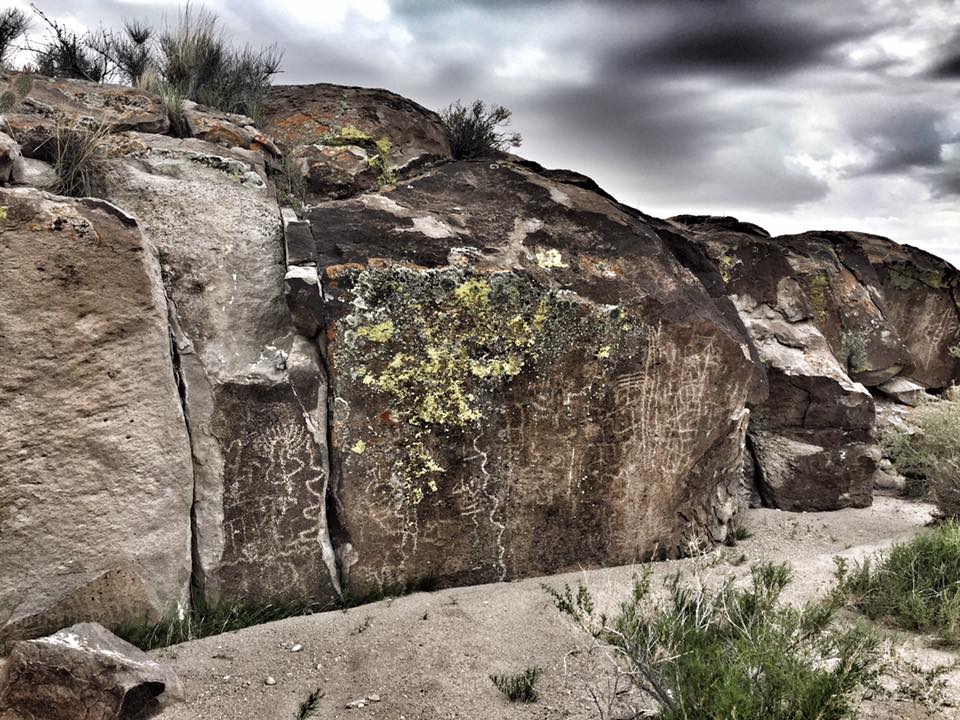
Photo Courtesy: Ashley Lee
Best for: Hiking, backpacking, off-roading, camping, exploring, bighorn sheep viewing
Find yourself in the middle of nowhere at the Desert National Wildlife Refuge. Discover six major mountain ranges and seven distinct life zones, all quite close to Las Vegas. At 1.6 million acres, this is the largest wildlife refuge outside of Alaska. It was designated in 1936 to provide protection for desert bighorn sheep. It’s also home to 320 bird species.
Boca Park, NV, Outdoor School Market Coordinator Ashlee Lee’s pro tip: “Bring your favorite snack to share in the Hidden Forest Cabin.”
Ring Mountain
Belvedere Tiburon, California
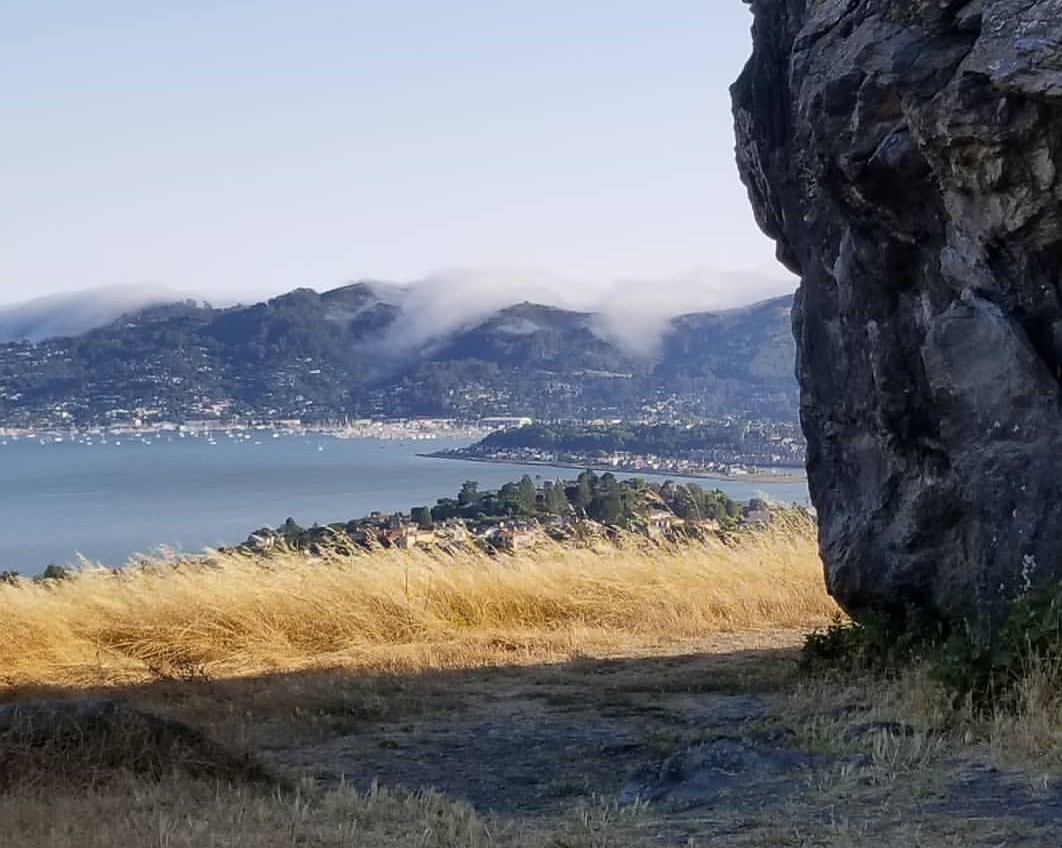
Photo Courtesy: Jenny Avalos
Best for: Bouldering, hiking, trail running
The quality of the rock is amazing at Ring Mountain—it’s a climber’s paradise. On the way to Ring Mountain, you’ll find views of the skyline of San Francisco and perhaps even the fog rolling over the hills. If you have the time, hit Muir Woods and Stinson Beach all in one fun-packed day.
Bay Area, CA, Outdoor School Market Coordinator Jenny Avalos’ pro tip: “If you want the rocks all to yourself, go during the week in the afternoon. If you want to have great views and see the beautiful sunset, plan on going in the evening. Layer up though, it can get pretty cold! The tall section of Turtle Rock will have shade in the morning and Split Rock will have shade before sunset. Split Rock is perfect for beginners, whereas Turtle Rock is great for intermediate to advanced climbers.”


